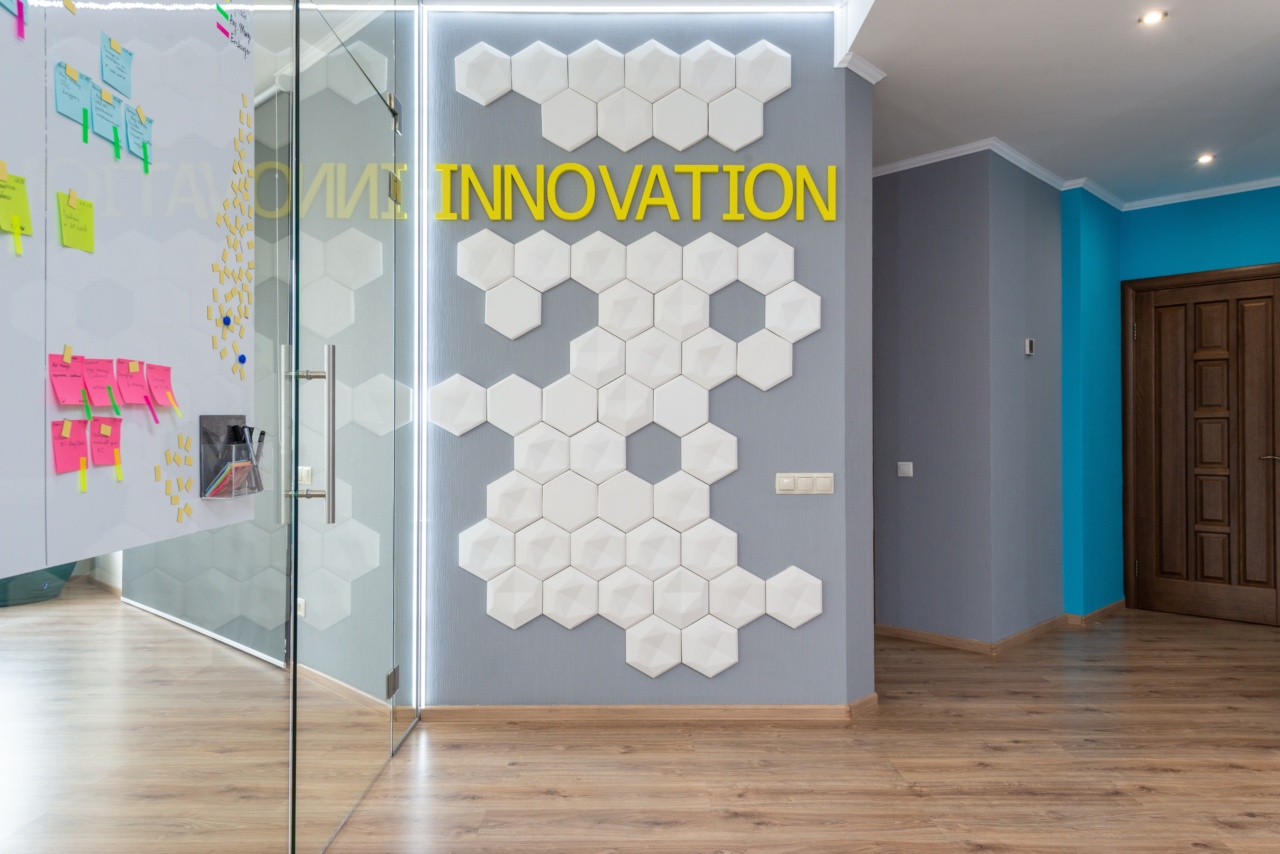Advancements in the field of ophthalmology have been significant in the last few decades, promising relief for millions of people suffering from vision impairments.
As technology and research continue to evolve, new trends and innovations are emerging that are redefining the diagnosis, treatment, and management of various eye diseases and disorders.
The Conference on Ophthalmology: Current Trends and Innovations
The Conference on Ophthalmology: Current Trends and Innovations brings together eye care professionals from around the world to discuss the latest advancements and innovations in the field.
It is an opportunity for experts in ophthalmology, including optometrists, ophthalmologists, and researchers, to exchange knowledge, present their latest research findings, and share their experiences to improve patient care.
Current Trends in Ophthalmology
One of the most significant trends in ophthalmology is the emphasis on personalized medicine.
With the advent of genetic testing, it is now possible to customize treatment based on a patient’s individual genetic makeup, rather than a one-size-fits-all approach. This trend has led to the development of gene therapy for various ocular diseases that used to be considered incurable.
Another trend in ophthalmology is the use of telemedicine to improve access to eye care services, particularly in rural or remote areas.
Telemedicine allows patients to receive remote diagnosis, monitoring, and treatment for various eye conditions, including diabetic retinopathy, age-related macular degeneration, and glaucoma.
Innovations in Ophthalmology
Several groundbreaking innovations have also emerged in the field of ophthalmology in recent years, offering new hope to patients with previously untreatable eye diseases. Some of these innovations include:.
1. Corneal Implants
Corneal implants, or keratoprostheses, are artificial corneas that can restore vision in patients with severely damaged or diseased corneas.
The implant is usually made of a biocompatible material that integrates with the surrounding tissue, allowing the eye to function normally.
2. Retinal Implants
Retinal implants are devices that are placed in the eye to stimulate the retina and restore vision in patients with retinal degenerative diseases such as retinitis pigmentosa and macular degeneration.
The device works by converting images into electrical signals that are transmitted to the brain, allowing the patient to “see” the images again.
3. Artificial Intelligence
Artificial intelligence (AI) is also revolutionizing the field of ophthalmology. AI systems are being developed to aid in the diagnosis and treatment of various eye conditions, including diabetic retinopathy, glaucoma, and cataracts.
These systems can analyze large sets of data and provide accurate diagnoses, helping doctors to make more informed treatment decisions.
4. 3D printing
3D printing technology is also being used in ophthalmology to create custom-made implants for patients with eye diseases.
Using 3D imaging, doctors can create a personalized implant that fits the patient’s anatomy precisely, improving the chances of success and reducing the risk of complications.
Conclusion
The Conference on Ophthalmology: Current Trends and Innovations offers a platform for eye care professionals to learn about the latest advancements and innovations in the field.
With personalized medicine, telemedicine, and groundbreaking innovations such as corneal and retinal implants, artificial intelligence, and 3D printing, the future of ophthalmology looks promising in terms of improving patient care and outcomes.






























